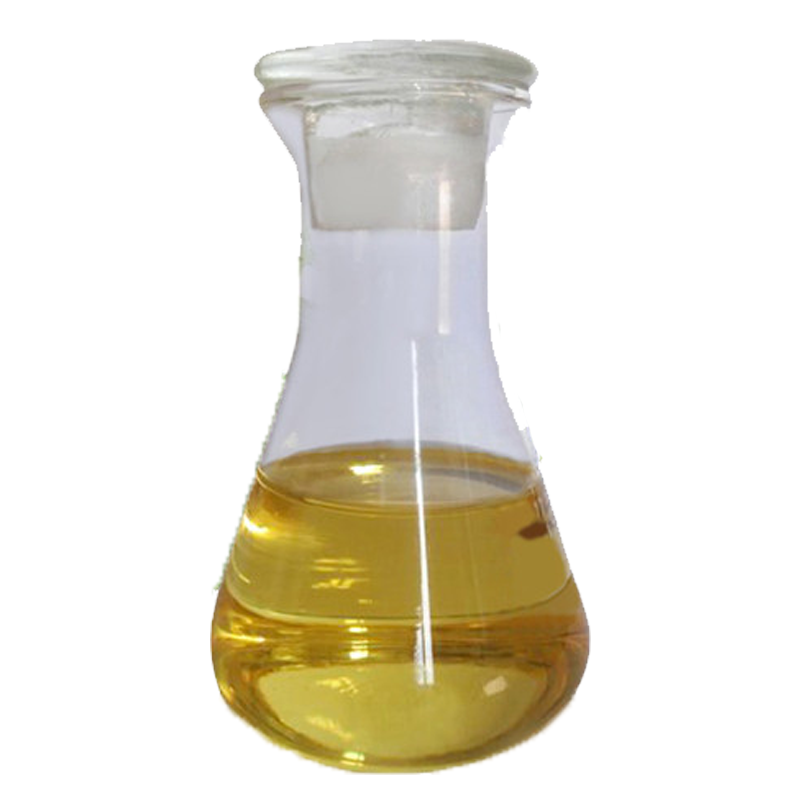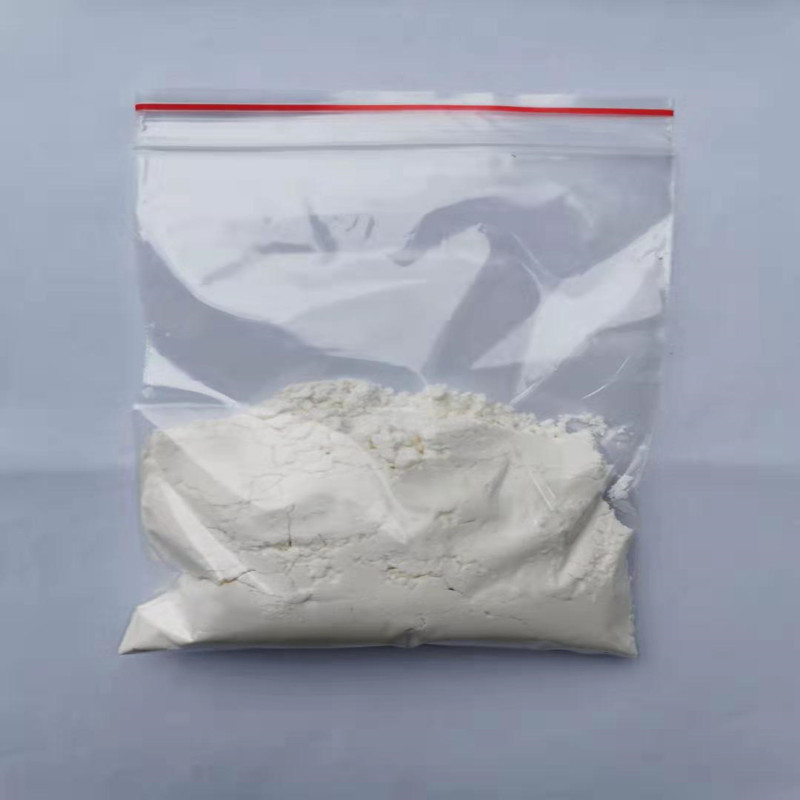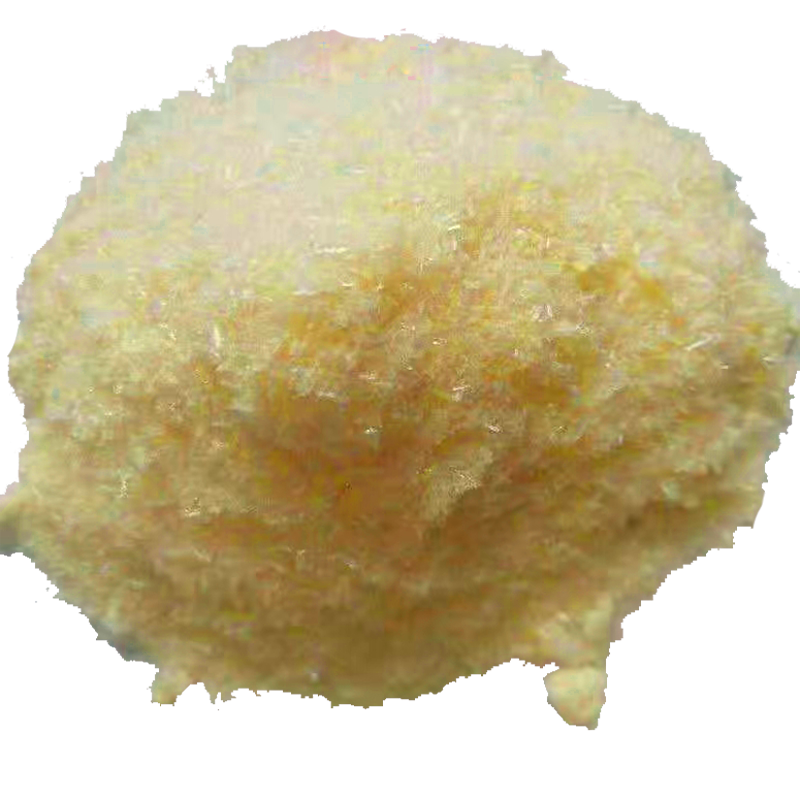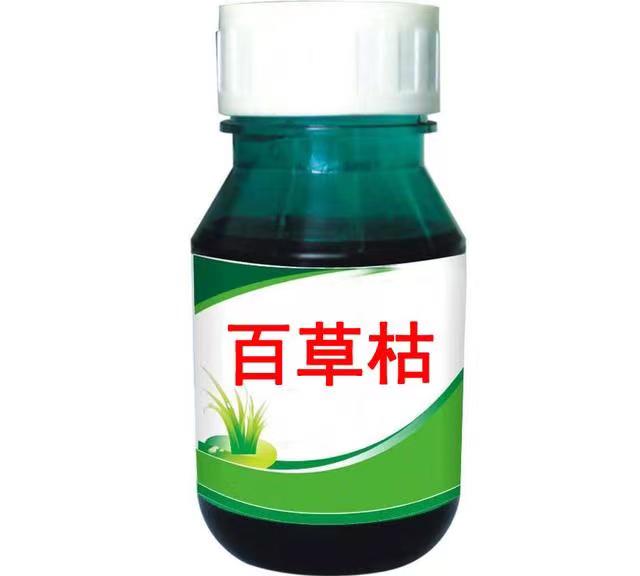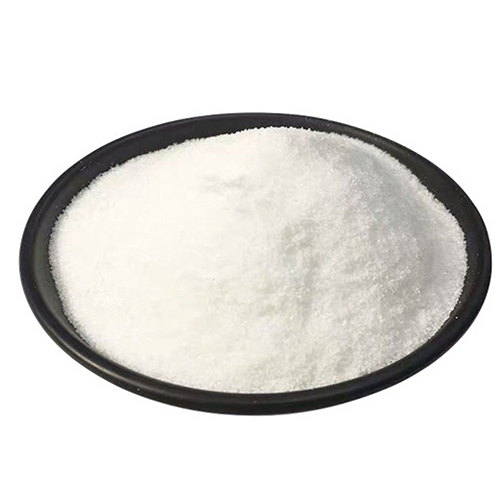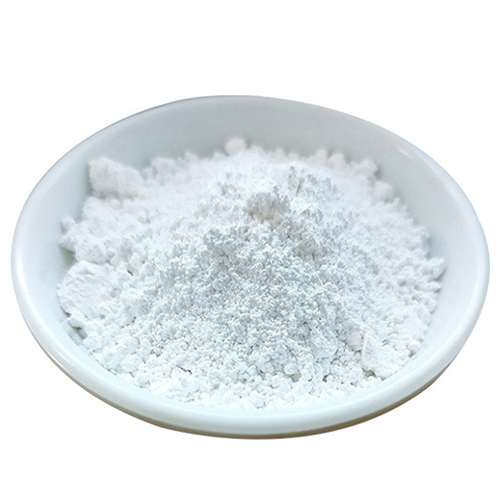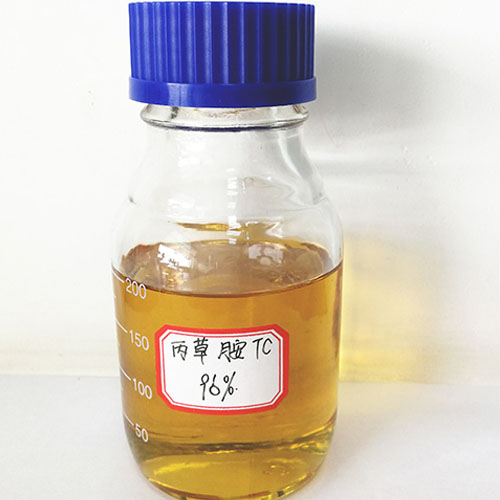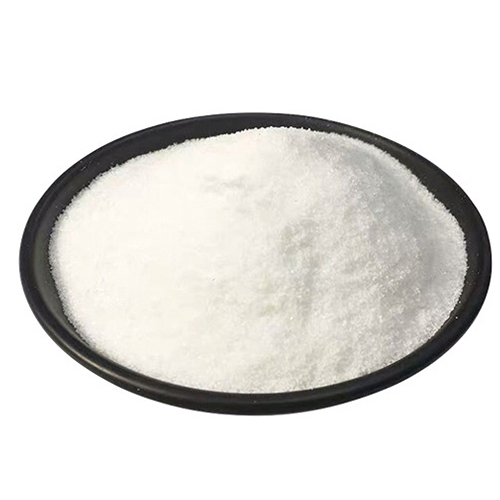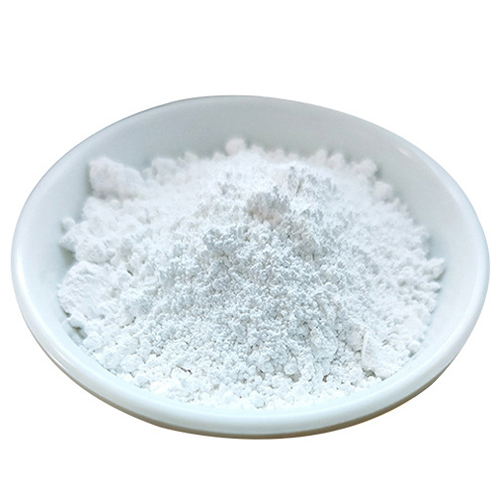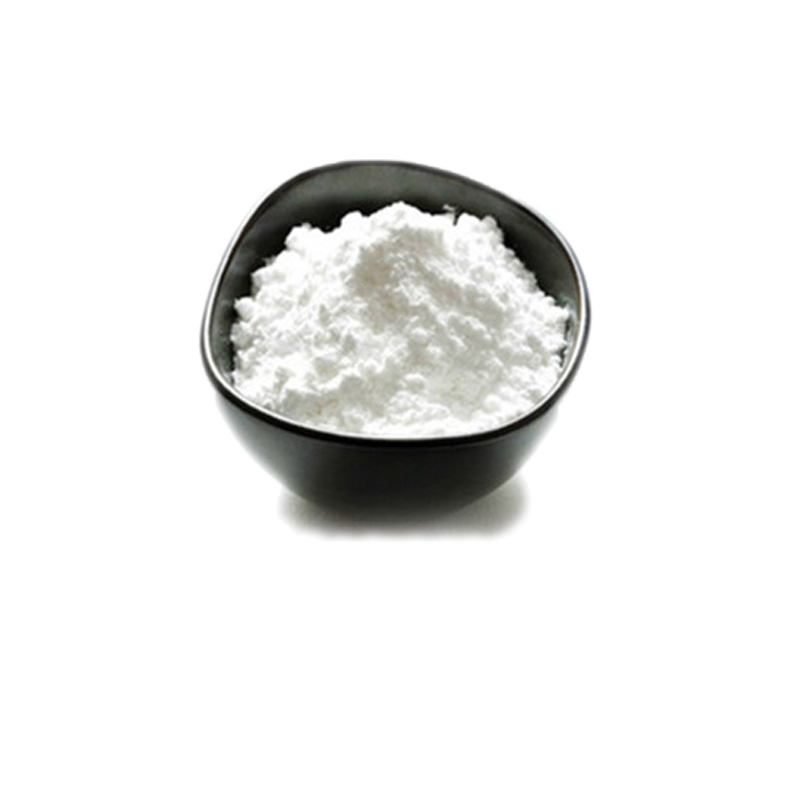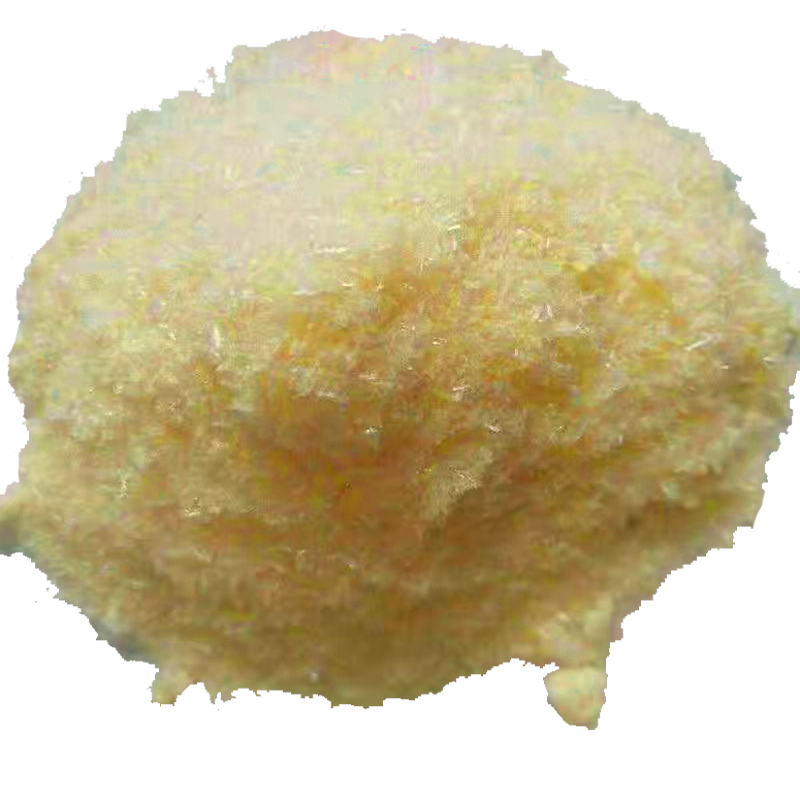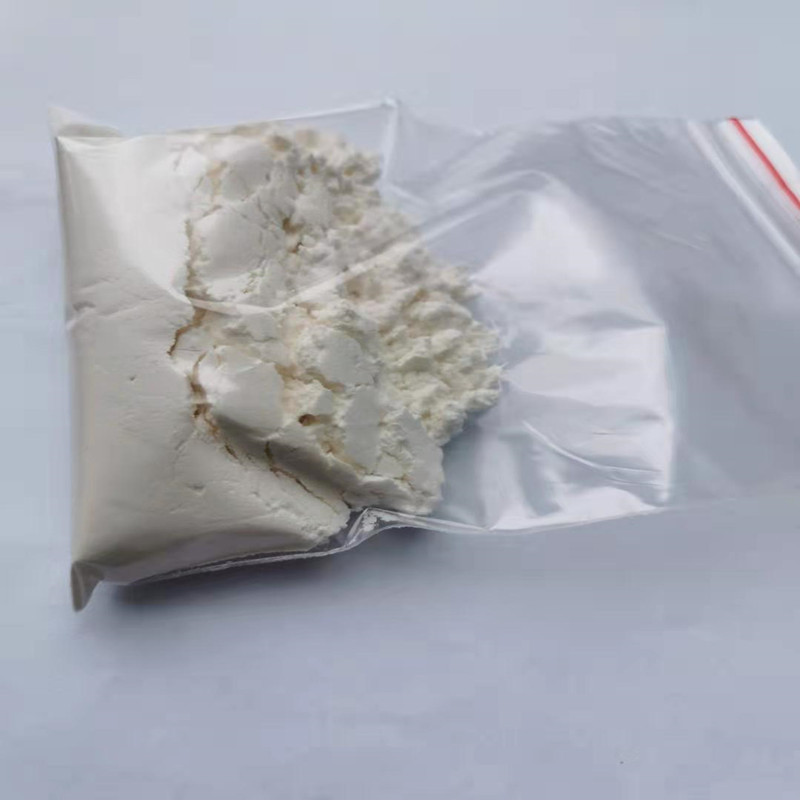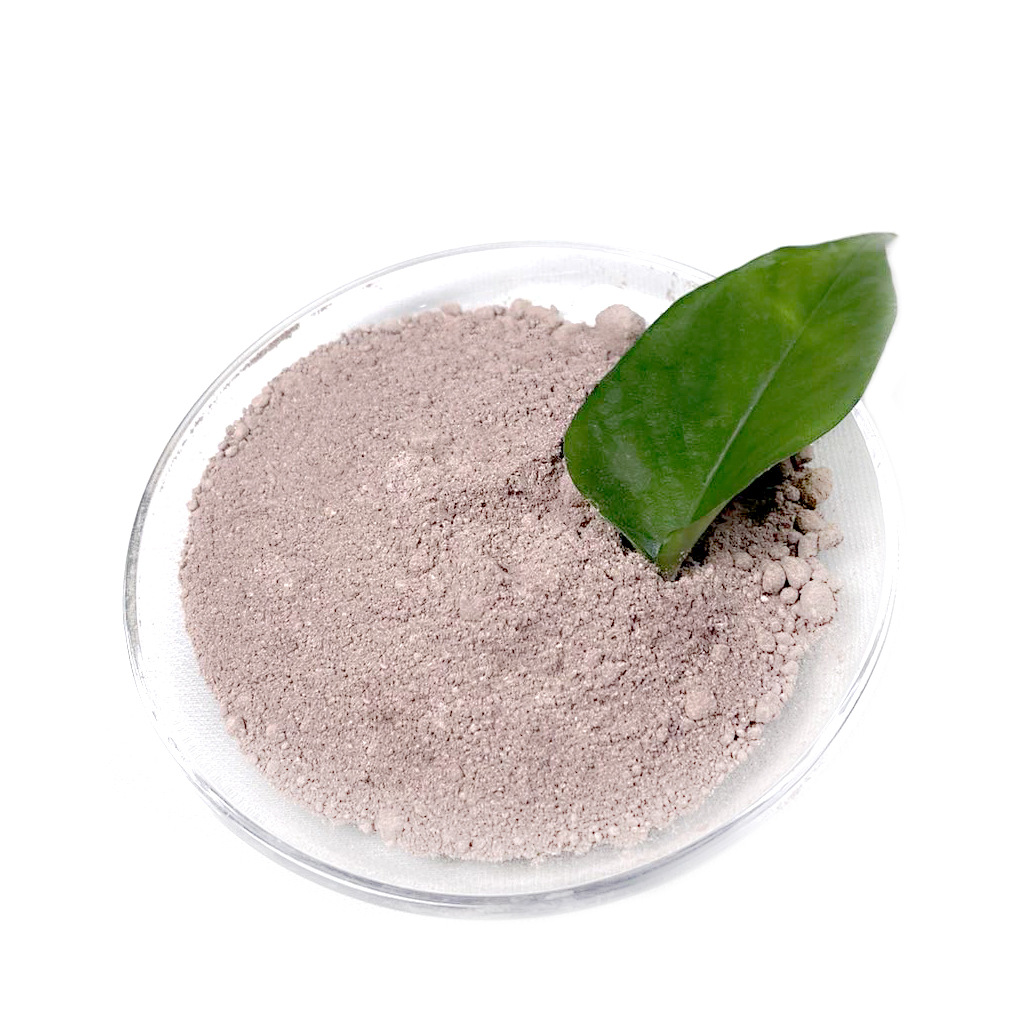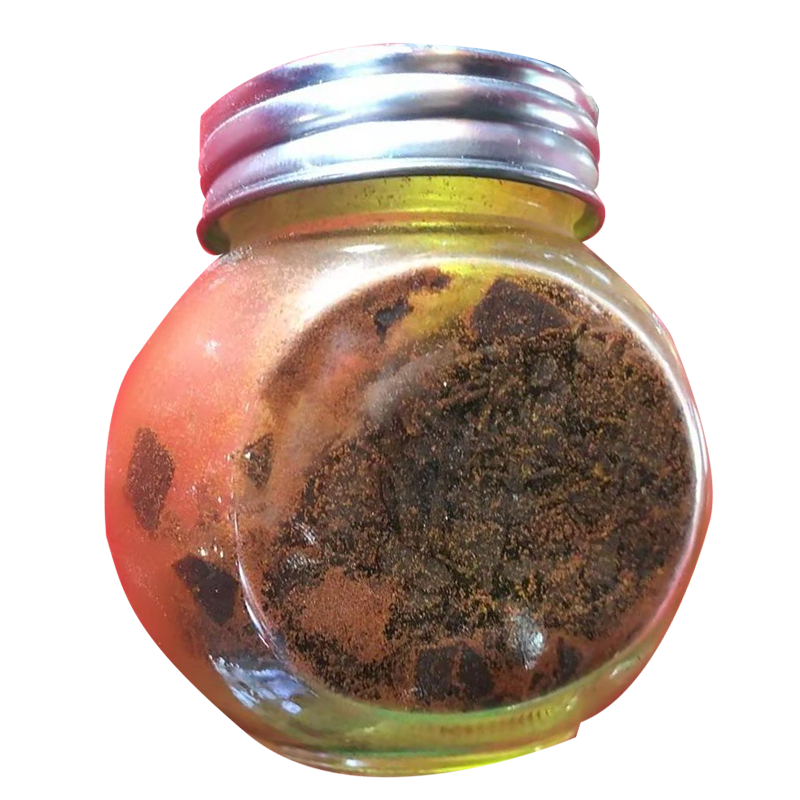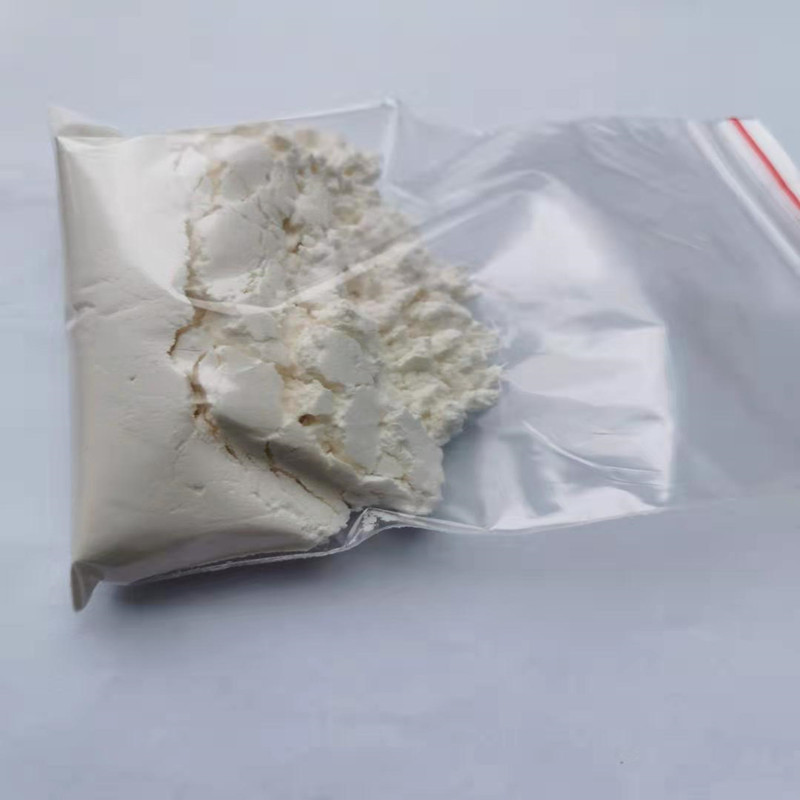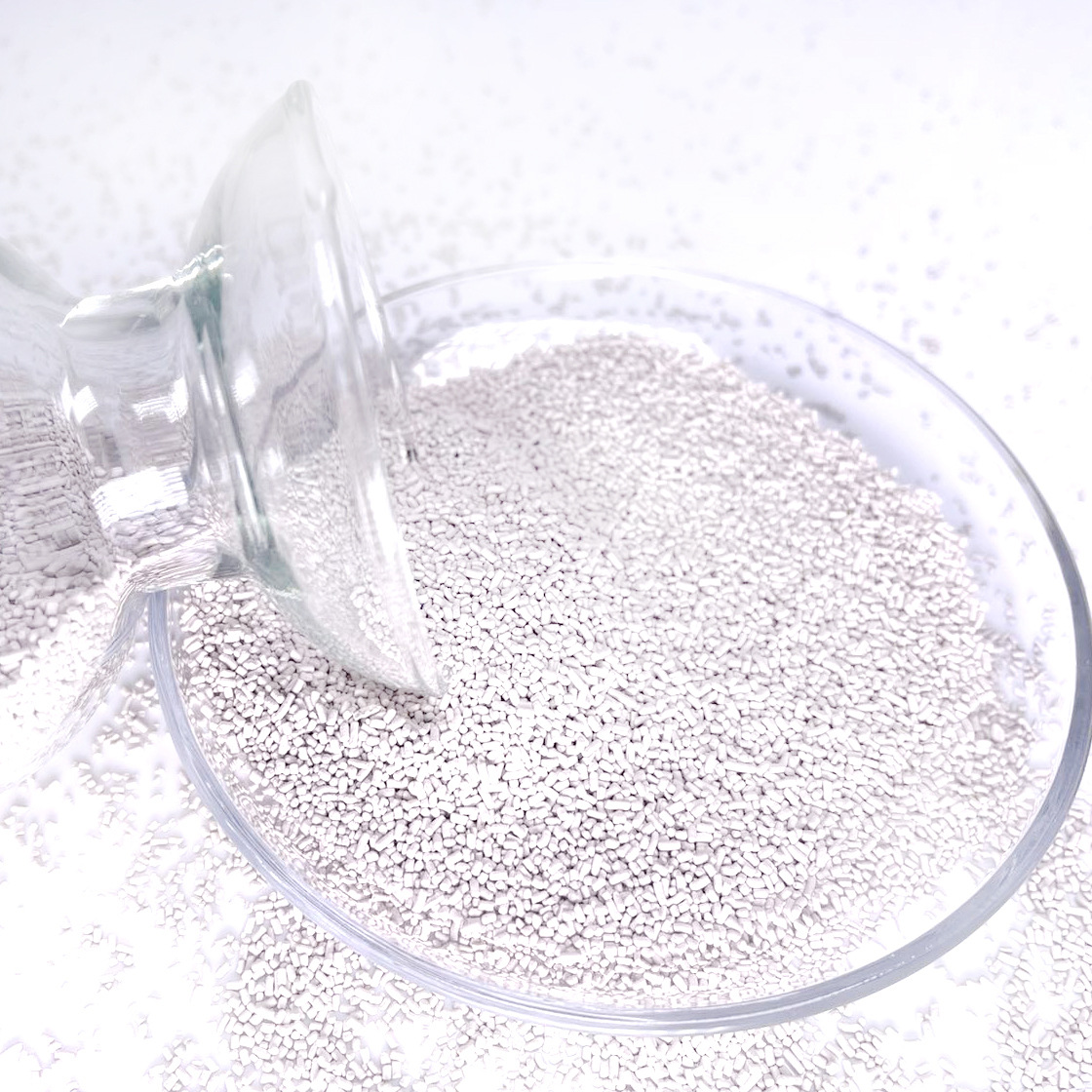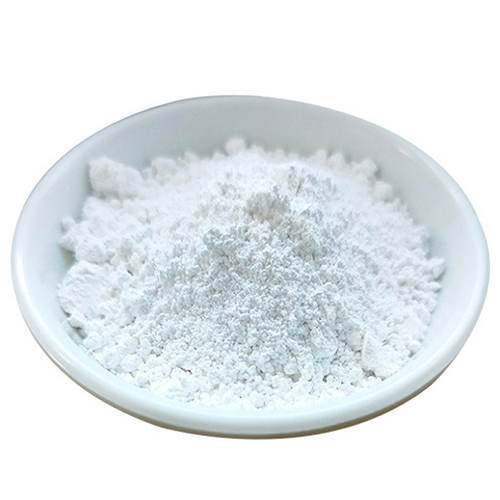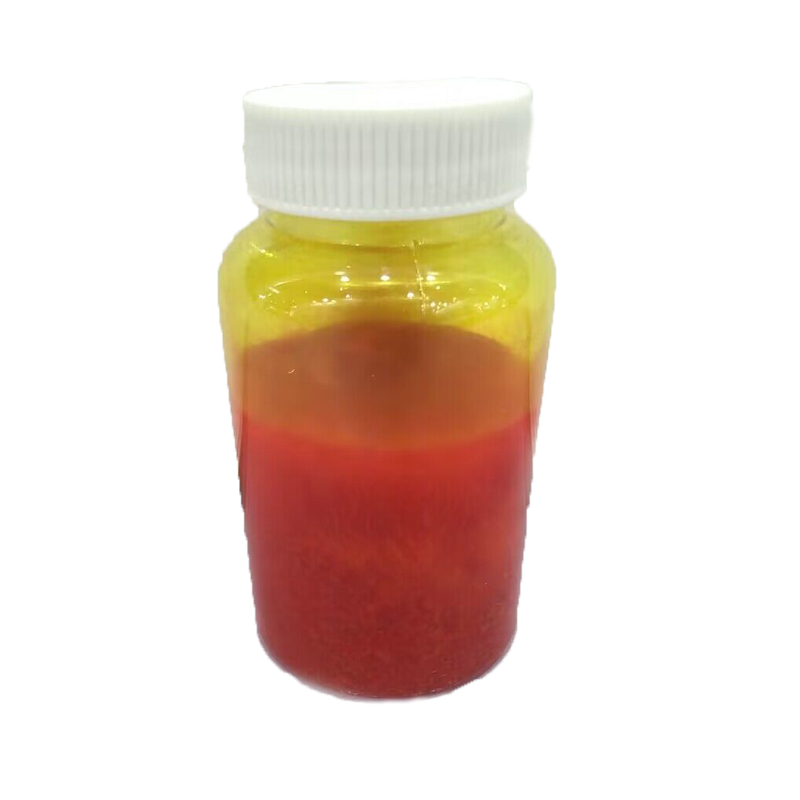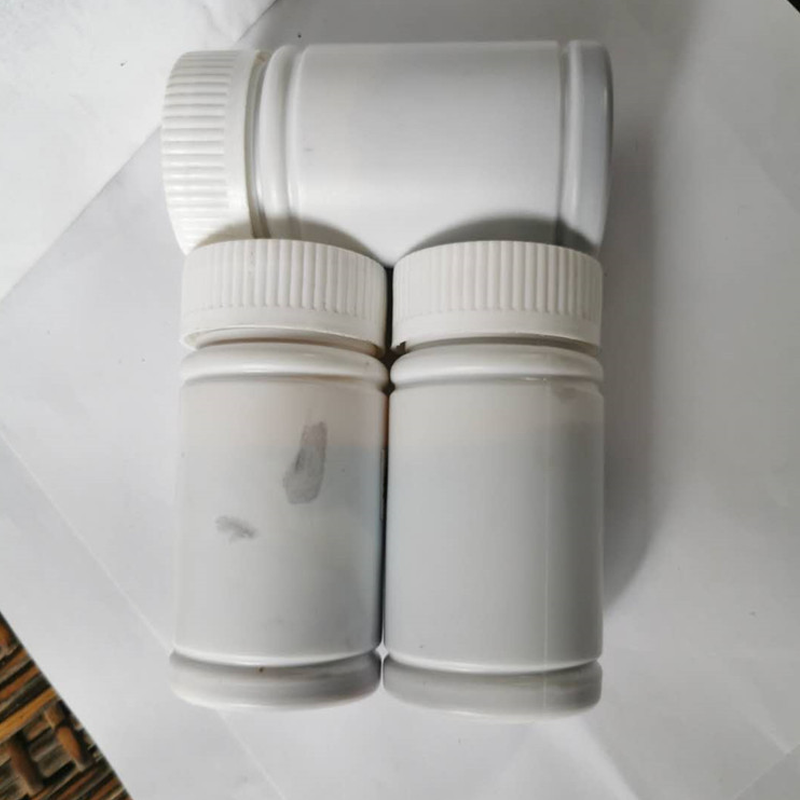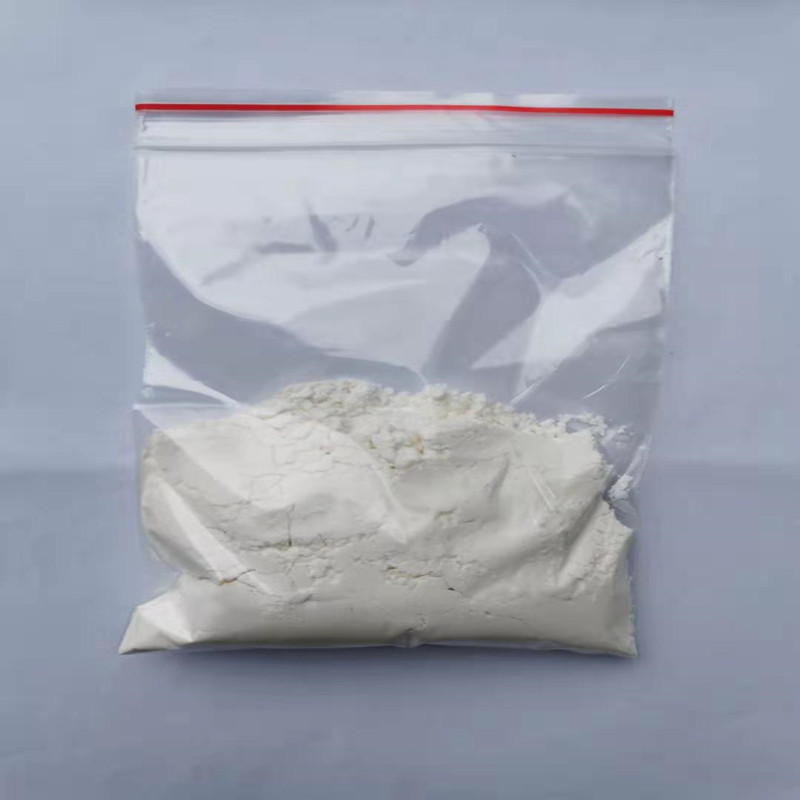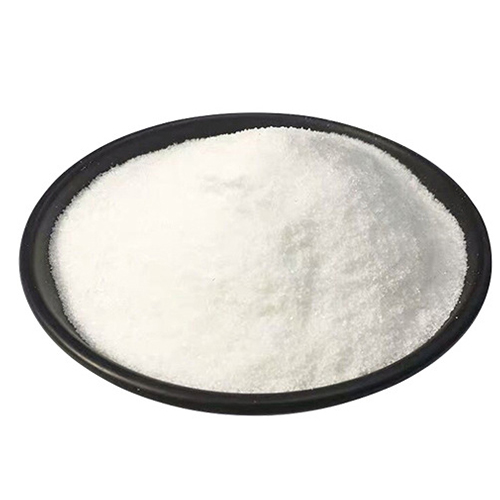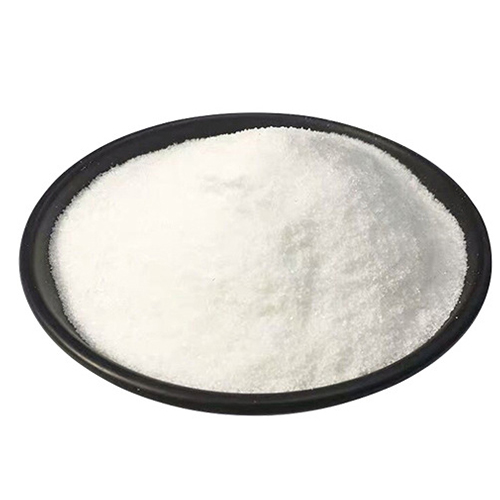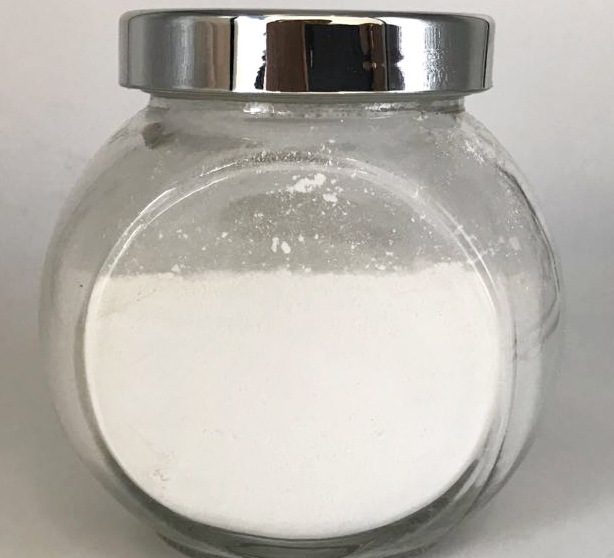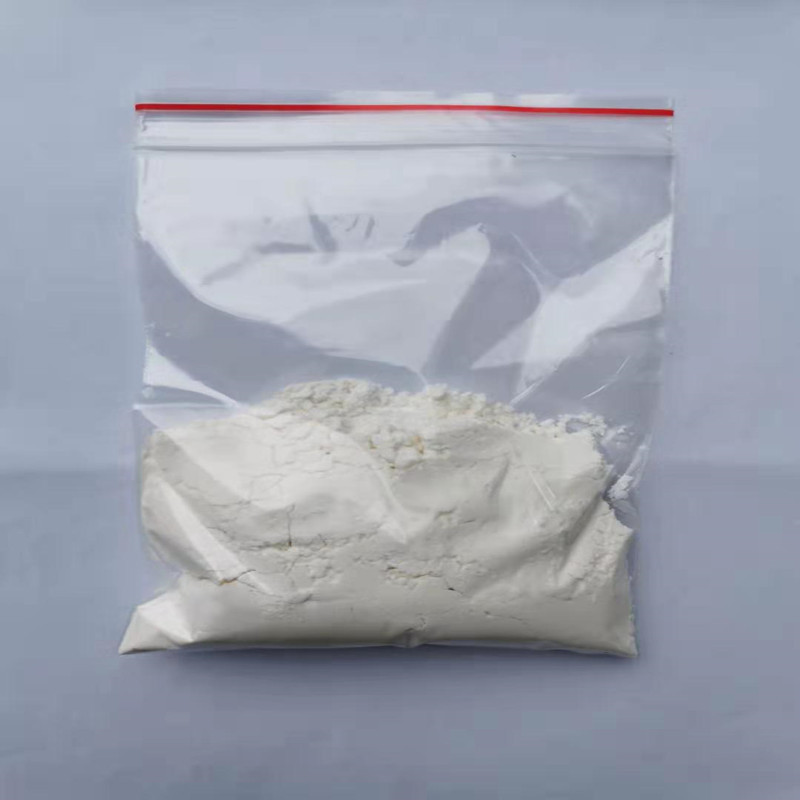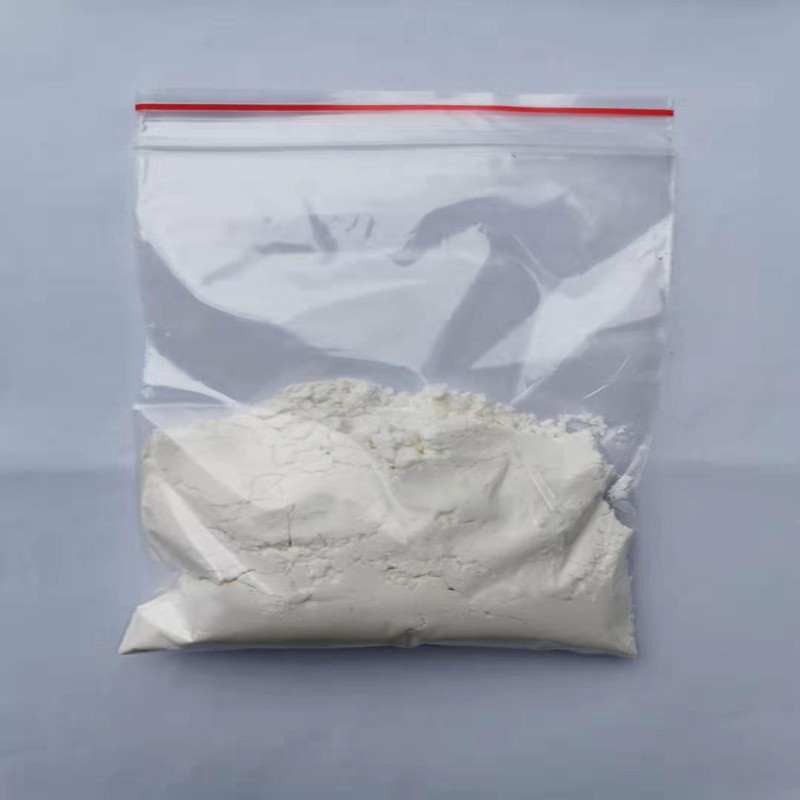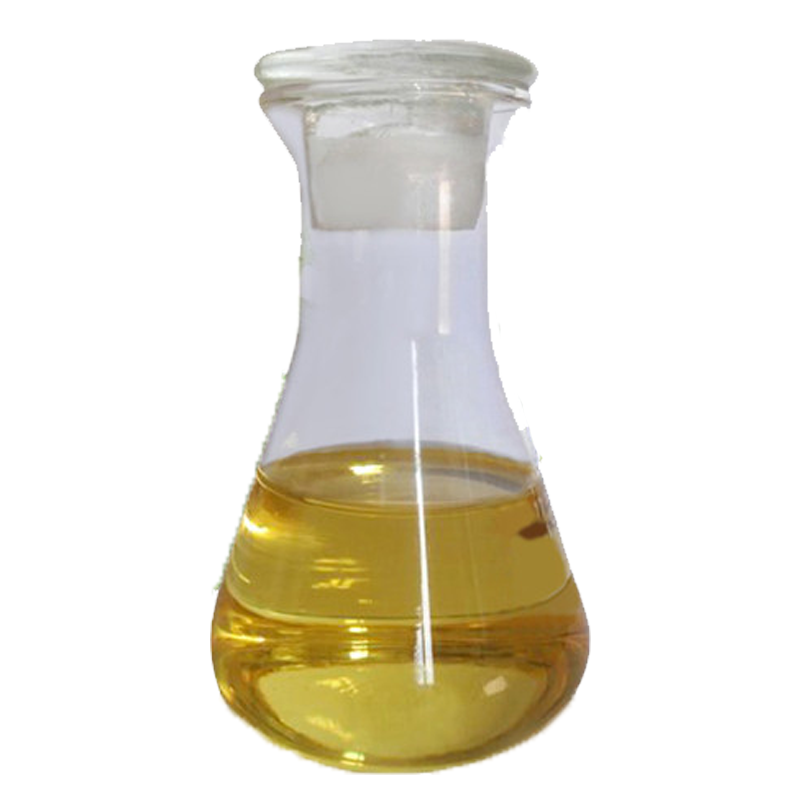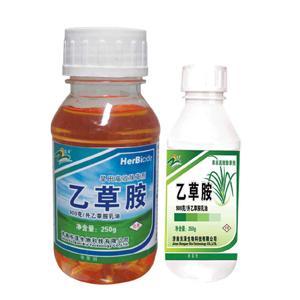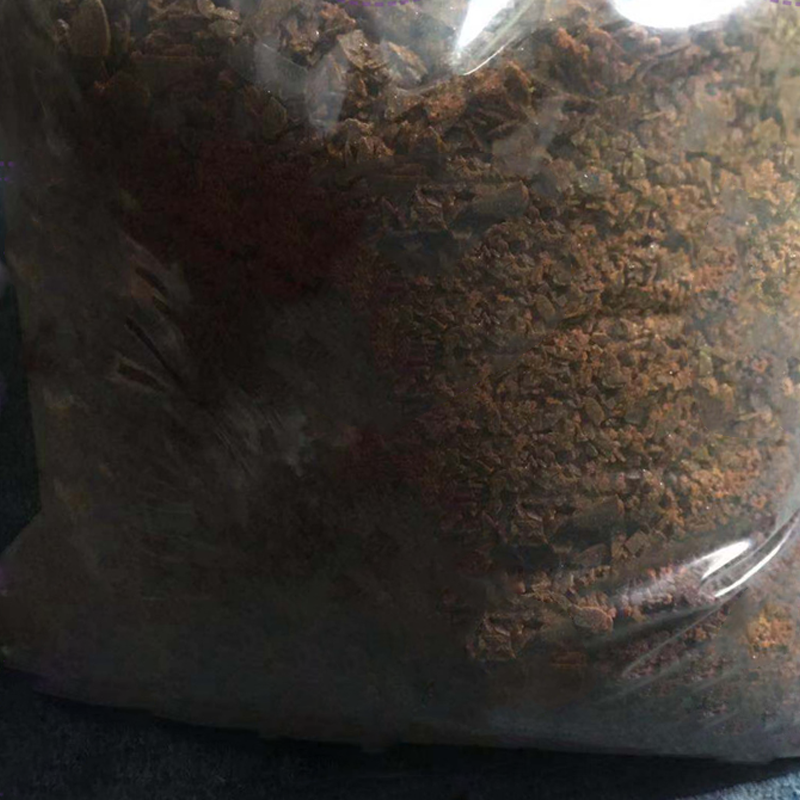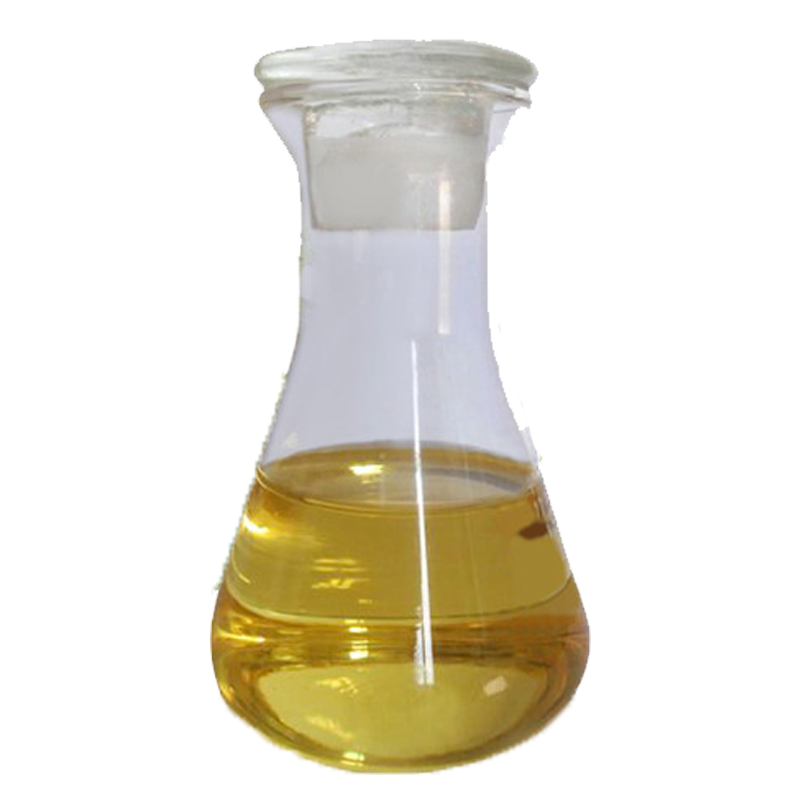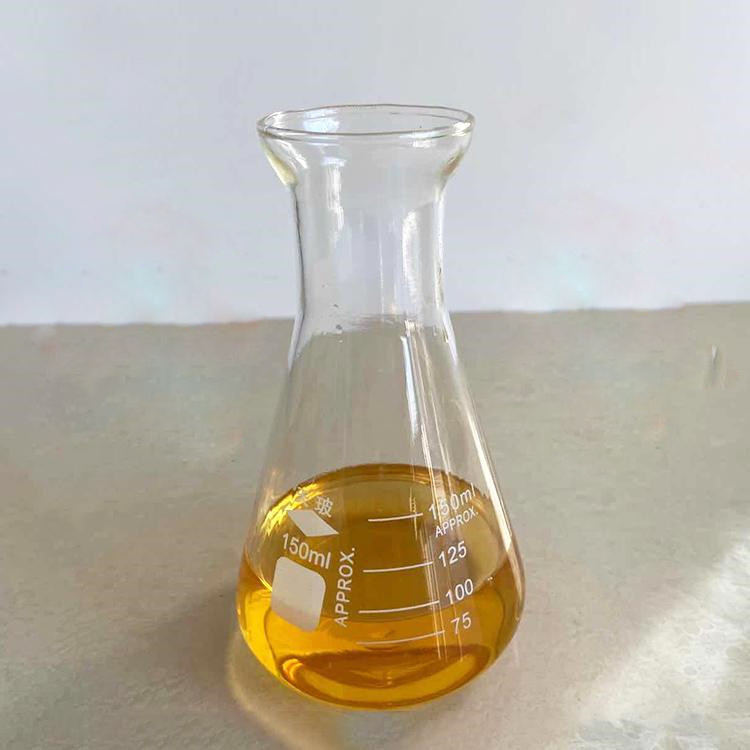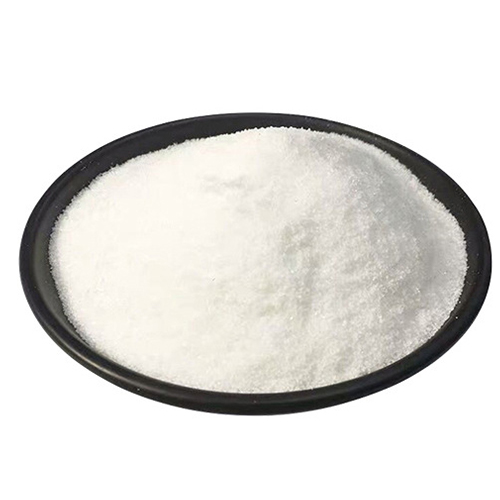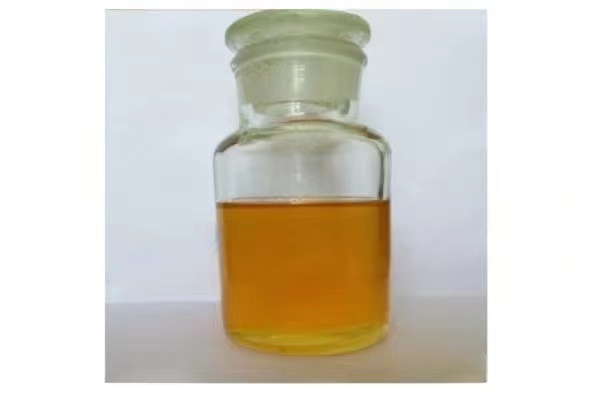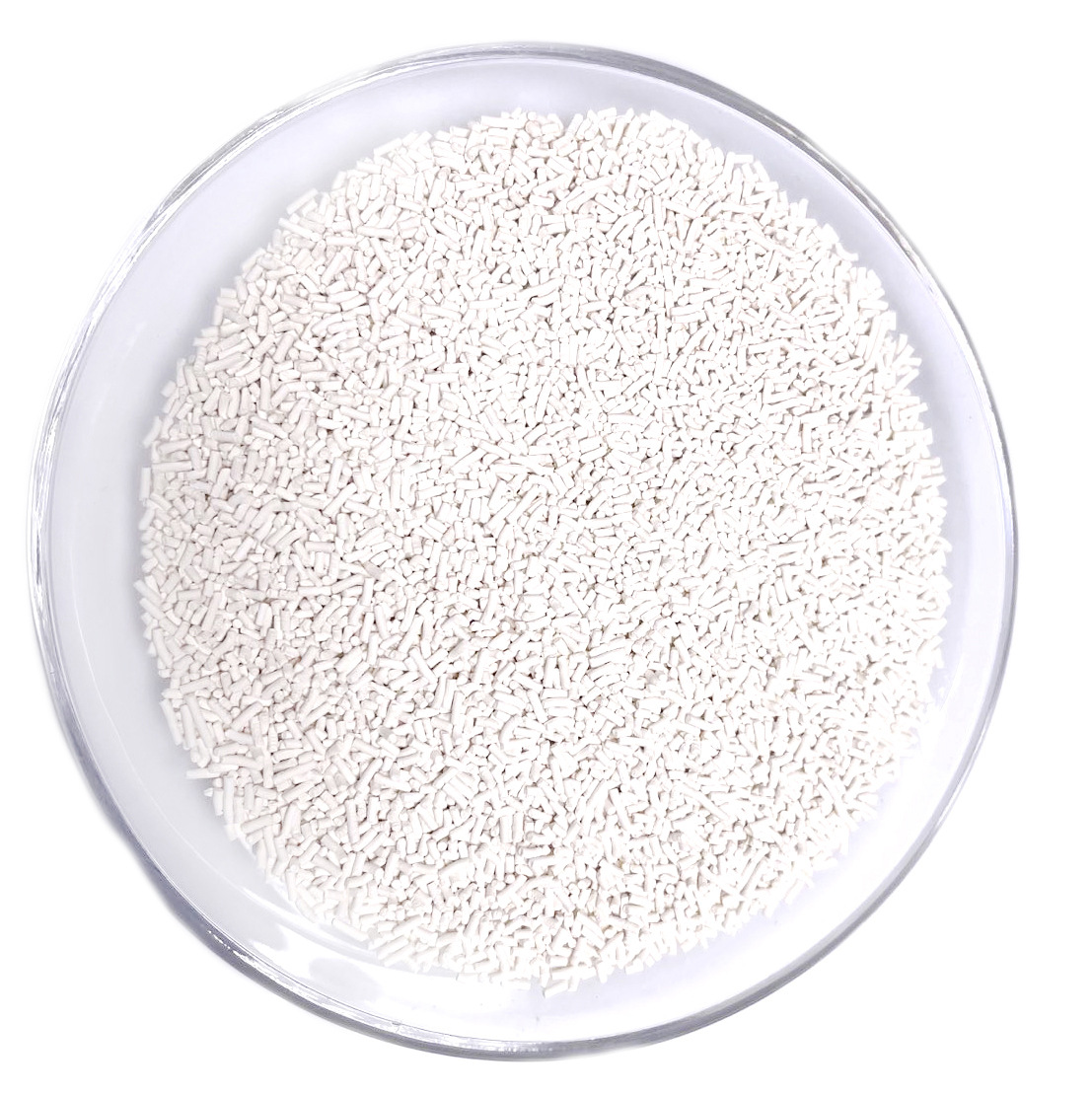
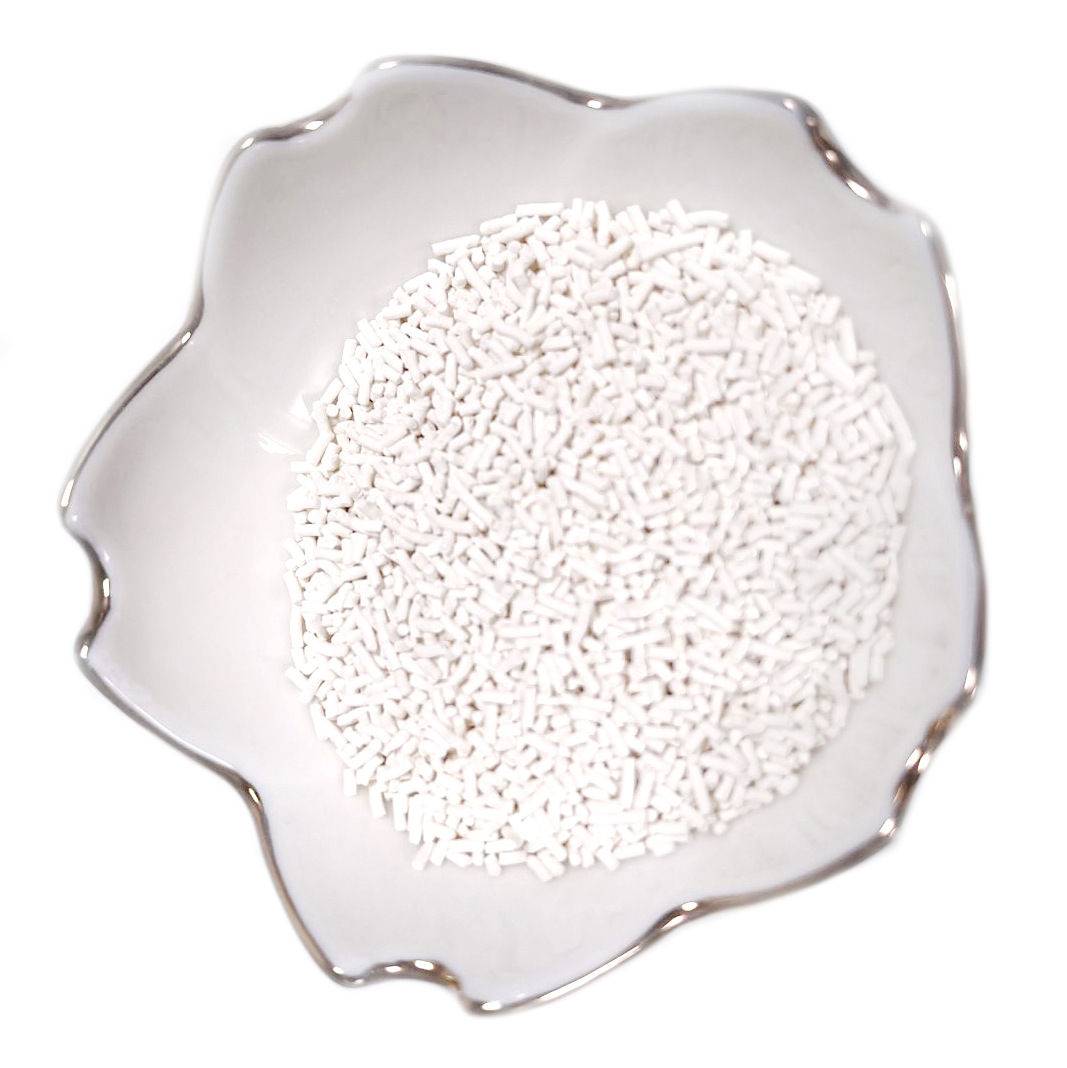
Herbicide Nicosulfuron Cas 111991-09-4
Nicosulfuron is a systemic conduction herbicide, which can be absorbed by the stems, leaves and roots of plants and conduct rapidly to stop the growth of sensitive plants. Symptoms of weed damage are yellowing, chlorosis, and albinism of the heart leaves, and then other leaves turn yellow from top to bottom. High doses can also kill perennial weeds.
CasNo: 111991-09-4
Formula: C15H18N6O6S
Physical State: crystallize
Purity(%): 100fold
Application: Agricultura
Color: White
Formulation:75%WDG 4%SC and used to manufacturer more formulated product
- Category: Herbicide
Nicosulfuron is a sulfonylurea herbicide. The drug is absorbed by the stems, leaves and roots of the plants. Transmits rapidly through the xylem and phloem of plants. Weeds will stop growing soon after absorbing the pesticide, and the growth points will turn green and white, and gradually expand to other stems and leaves. Generally, symptoms of weed damage can be seen 3 to 4 days after spraying, but it takes about 20 days for the whole plant to die, and the weeds turn reddish brown after dying.
Features of Nicosulfuron
Nicosulfuron is a systemic conduction herbicide, which can be absorbed by the stems, leaves and roots of plants and conduct rapidly. Amino acid synthesis prevents cell division and causes sensitive plants to stop growing. Symptoms of weed damage are yellowing, chlorosis, and albinism of the heart leaves, and then other leaves turn yellow from top to bottom. Generally, symptoms of weed damage can be seen 3 to 4 days after spraying, annual weeds die within 1 to 3 weeks, perennial broad-leaved weeds with less than 6 leaves are inhibited, stop growing, and lose their ability to compete with corn. High doses can also kill perennial weeds.
Weeding Features:
1. The vegetable oil suspending agent processed by special process usually uses corn oil or industrial grade soybean oil as the solvent, which not only enhances the control effect on weeds, but also can apply the pesticide when it sees the grass, without waiting for rain.
2. Good quick effect, weeds begin to change color and wither 5-7 days after spraying.
3. Good long-lasting effect. This product not only has a very good weed-killing effect on stems and leaves, but also has a certain soil sealing effect. It still has a control effect on weeds 30 days after application.
4. Good rain resistance, the rain will not affect the efficacy after 8 hours of application.
5. Good safety, under normal conditions, it will not cause any adverse effects on corn and subsequent crops. [2] However, it should not be used in excess. Excessive use will easily lead to a decrease in the emergence rate of small seeds for subsequent crops.
Applicable crops: corn.
Applications of Nicosulfuron
A sulfonylurea herbicide that inhibits plant acetolactate synthase (branched-chain amino acid synthesis inhibitor). It can be used to control annual and perennial gramineous weeds, sedges and certain broad-leaved weeds in corn fields. It is more active against narrow-leaved weeds than broad-leaved weeds, and it is safe for corn crops. The recommended dosage is 40g/hm2.
Use of systemic herbicide in corn field It is a herbicide for controlling annual single and double leaf weeds in corn field. It is used in rice seedling fields, Honda fields and direct-seeding fields to control annual and perennial broad-leaved weeds and Cyperaceae weeds, and also has a certain inhibitory effect on barnyard grass.
Control object of nicosulfuron
It can control annual and perennial grass weeds and some broad-leaved weeds. Tests have shown that weeds with high sensitivity to the drug include barnyardgrass, foxtail, wild oats, and amaranth; moderately sensitive weeds include Polygonum benthamiana, lawn grass, purslane, cocklebur, cocklebur and velvet hemp and sedge; weeds with poor sensitivity mainly include quinoa, nightshade, duckweed, Kochia and ferret petals.
Nicosulfuron application technology
In the 3-4 leaf stage of corn, the weeds are all out and the plant height is about 5cm, and the stems and leaves are sprayed. Spray with 4% suspending agent 50-75ml/mu (summer corn), 65-100ml/mu (northern spring corn), and water 30kg/mu.
Precautions for Nicosulfuron
Observation after application showed that corn leaves had mild chlorotic yellow spots, but they could recover quickly. Corn is more sensitive when it is below the 2-leaf stage and above the 5-leaf stage, and it is prone to phytotoxicity. Corn varieties sensitive to this drug include sweet corn and popcorn. Corn treated with organophosphate insecticides is sensitive to this agent. When spraying, the temperature is around 20°C, the air humidity is above 60%, and there is no rainfall within 12 hours after spraying, which is conducive to the exertion of the drug effect.
1.Different corn varieties have different sensitivity to nicosulfuron, and the order of safety is dent>hard corn>popcorn>sweet corn. Generally, corn is sensitive to the drug before the 2-leaf stage and after the 10-leaf stage. Sweet corn or popcorn are sensitive to this agent and should not be used.
2. No residual phytotoxicity to wheat, garlic, alfalfa, potato, soybean, etc.; but phytotoxicity to cabbage, beet, spinach, cucumber, sunflower and oil sunflower. In grain-vegetable intercropping or crop rotation areas, phytotoxicity tests on subsequent crops of vegetables should be done.
⒊When mixed with 2,4-D, the liquid should be prevented from drifting to other broad-leaved crops nearby, and the sprayer should be dedicated.
4. Corn treated with organophosphate chemicals is sensitive to the drug. The interval between the use of the two agents is about 7 days. Nicosulfuron can be mixed with pyrethroid pesticides.
5. If it rains 6 hours after spraying, it has no obvious effect on the efficacy, so it is not necessary to re-spray.
6. The maximum residue limit (MRL) in corn is 0.02 mg/kg, the maximum application dose per mu is 4 grams (active ingredient), the maximum application frequency is 1 time, and the safety interval is 30 days.
7.Avoid direct sunlight. Store it separately from seeds, seedlings, fertilizers and other pesticides, and keep it sealed in a low-temperature, dry place as much as possible.
High-efficiency corn herbicide, low dose post-emergence can effectively control a variety of annual grass weeds, broad-leaved weeds and sedge weeds in corn fields. It is rapidly absorbed by leaves and roots, and rapidly transported through xylem and phloem. Synthesis of branched-chain amino acids is blocked by acetolactate synthase. Weeds stop growing immediately after application, and the new leaves fade and die within 4-5 days, and gradually spread to the whole plant. Under normal conditions, the plants die 20-25 days after treatment. Corn has good resistance to this drug, and after treatment, it will appear temporary chlorosis or slight growth retardation, but generally it can recover quickly without reducing yield.
Main competitive products: metolachlor, glyphosate, sulcotrione, mesotrione, oxentrazone, paraquat, atrazine, acetochlor, 2,4-D-butyl ester.
Package of Nicosulfuron
We also supply some accessories to add more functions for end-users' convenience, which also help our distributors and business partners sell our products in their area. Any special package requirements, please don't be hesitate to tell us.
Large Package:
Solid: 25Kg UN approved fiber drums with LDPE liner;
Liquid: 200L UN approved HDPE or iron drums.
Retail Package:
Solid: 10g;50g;100g;500g;1kg;5kg;25kg
Suppliers of Nicosulfuron
Agripestcide is a professional pesticide chemical manufacturer, supplying good and effective Nicosulfuron with high quality and good service. If you are looking for Nicosulfuron in bulk, please feel free to contact us for the latest price.
Name | Nicosulfuron |
Formula | C15H18N6O6S |
Molecular Weight | 410.4 |
EINECS N0. | 244-666-2 |
Melting Point | 141-144°C |
Boiling Point | |
Physical State | crystallize |
Color | White |
Purity | 100FOLD |
Package | 25kg Cardboard barrel |
Application | Agricultural |
Storage | Ventilation low temperature drying |
Sample | Available |
EXP | 2 years |
Send an Inquiry
Your email address will not published. Required fieled are marked.
Related Products
Check out other related Products

